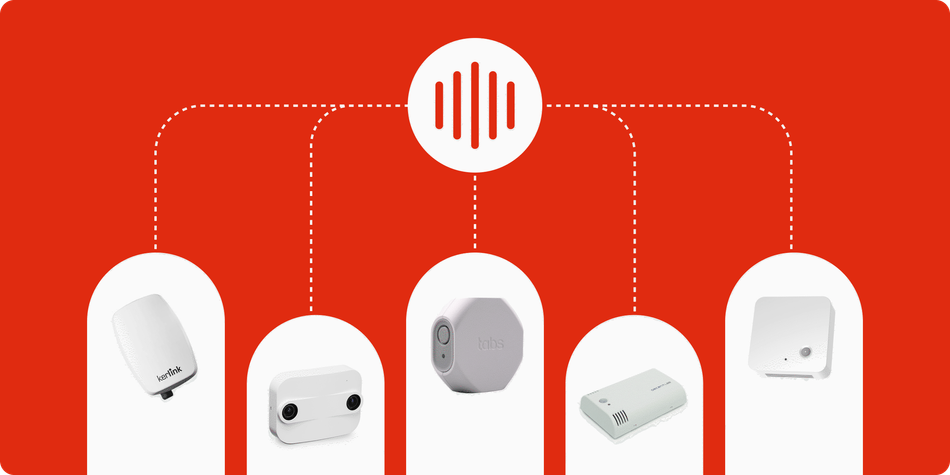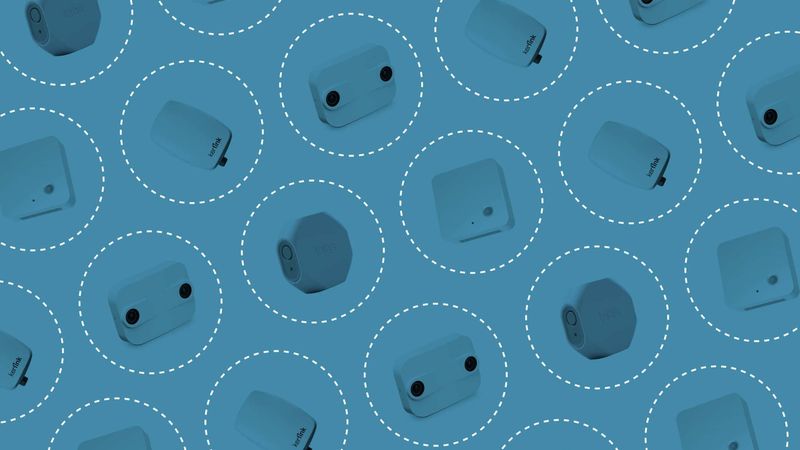What is IoT Device Management
What is IoT Device Management and why do you need it? With IoT device management, you provision, authenticate, configure, monitor, update and diagnose the connected devices running in your IoT environment.
This article was first published on
akenza.ioWhat is IoT Device Management and why do you need it?
There is no denying that we live in the age of connectivity. Thousands of devices and sensors are being set up every day in our homes and places of business. The prediction currently lies at 25.4 billion devices being connected to the internet by the year 2030. What started as a novelty idea with the Internet of Things – to have tools gather data and react in a certain way to their surroundings – has become far more than a trend. It supports how our society interacts and engages by utilizing technology to know, do and decide more — and more easily.
More adoption means more complexity and new challenges for the IoT project management – or does it? When managing your own IoT platform, you are likely to have a rising number of devices and connections that you need to take care of. Proper IoT device management is key to keeping the overview and scale towards new opportunities.
Let’s start at the beginning
Before we go deeper, let’s start at the definition: what is IoT device management?
With IoT device management, you provision, authenticate, configure, monitor, update and diagnose the connected devices running in your IoT environment. In essence, you administer many sensors and IoT devices in a structured and centralized process, often supported through an effective web platform solution.
IoT Device Management along the lifecycle
Learn more about the fundamental features of IoT device management that come into play along the whole lifecycle – and what to watch out for:
Onboarding and provisioning
Every device has to be connected to the internet for the very first time. With the rising number of IoT devices in your environment, this might prove to be a very intensive task. Efficient and secure provisioning is important to accelerate your IoT project's rollout and make it sustainable for future growth. Make sure your IoT device management platform offers features like bulk actions and connectivity integrations to automatically import & synchronize devices. These features help you to automate and simplify this process while keeping the level of security and reliability up to the highest standards.
Configuration
Once your IoT devices are onboarded, you need to make sure that they are behaving as desired to fit your IoT environment. This might not be the case with the pre-set default configuration of your devices and tools, so you need to make sure you can configure and fine-tune these tools to fit your IoT project and the desired outcome. Bulk actions and being able to group and tag certain devices come in handily when scaling up your IoT project even more. The same goes for a clearly manageable configuration infrastructure that allows you to make sure you can design a well-rounded setup, also for times when those devices do not perform as desired and experience failures.
Monitoring & Maintenance
Your IoT projects rely on the ongoing connectivity of all devices and secure transmission of data. And, of course, you want to keep it that way. Alerts and notifications signaling which devices are offline, approaching low battery status, or transmitting a weak signal help you prevent downtime and update and maintain the newest features in your IoT platform.

Your benefits when using IoT device management
IoT applications are used to give analysts, decision-makers, and digital systems powerful and real-time data. Strong and structured management of these devices is needed to keep this environment working, reliable and scalable.
Saving Costs
Reducing the need for in-the-field manual maintenance or troubleshooting with the management of your devices with one centralized platform frees up resources needed elsewhere. Simplification of processes as well as heightened security, better overview, and structured analytics for predictive maintenance also help keep costs down.
Heightened Security
It is no secret that smart devices and other connected tools are a growing target of cyber-attacks. Since your IoT environment is often responsible for getting crucial data to decision-makers, it is crucial to ensure that every component is running on the latest security updates. Along with real-time monitoring of security threats, an IoT device management solution helps you reduce this security risk.
Increased speed of deployment
Anxious about your IoT project and the time it will take to, e.g., onboard all your devices? Don't be. Well-structured IoT device management accelerates your time to market by streamlining the processes of onboarding as well as managing, updating, and troubleshooting. Through bulk edits and automized imports, you can immediately roll out your IoT deployments and save time to focus on your main fields of expertise for driving your business further.
Better way to scale
Whether you include new devices to an existing IoT application or connect a new application to your solution – an IoT device management platform is a requirement for large-scale deployments. Platforms that support various automation possibilities in connecting and managing your smart devices and sensors are the solid base you build your IoT project on, and ensure that it is future-ready.
Choosing the right IoT device management platform
The question is not "if" you need an IoT device management platform, but "which" one to choose. At akenza, we see structured and easy-to-access device management as an essential layer in any IoT stack.
With bulk actions, group and tagging options, broad support of a large variety of devices, connectivity integrations, and support for all state-of-the-art protocols (HTTP, MQTT, CoAP), akenza's IoT device management solution is helping you realize your IoT project in a quick and easy and scalable way.
Discover why akenza is trusted by many, from startups to large corporations, and explore our customer's smart solutions.
